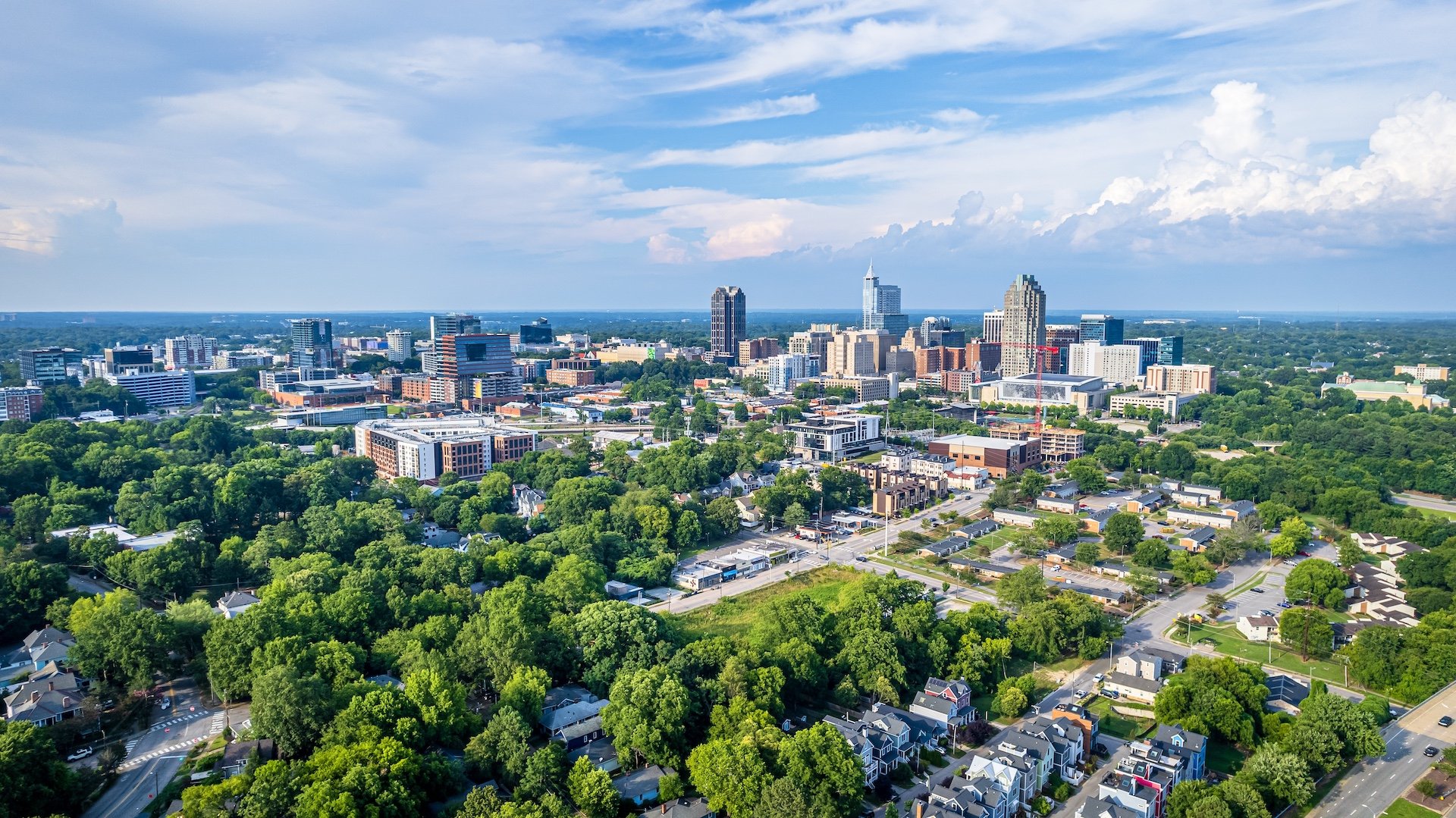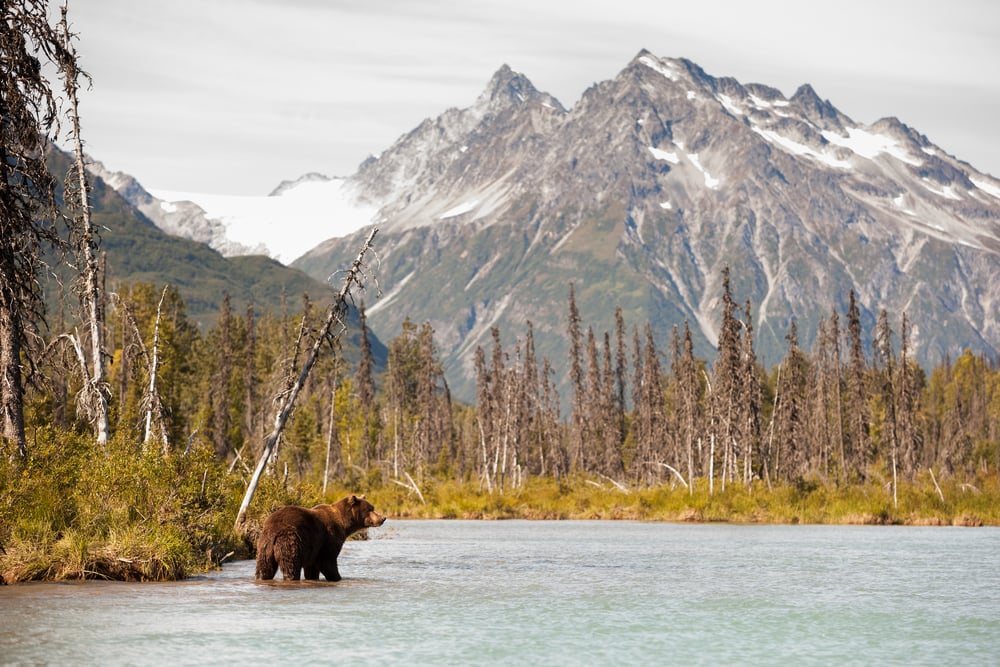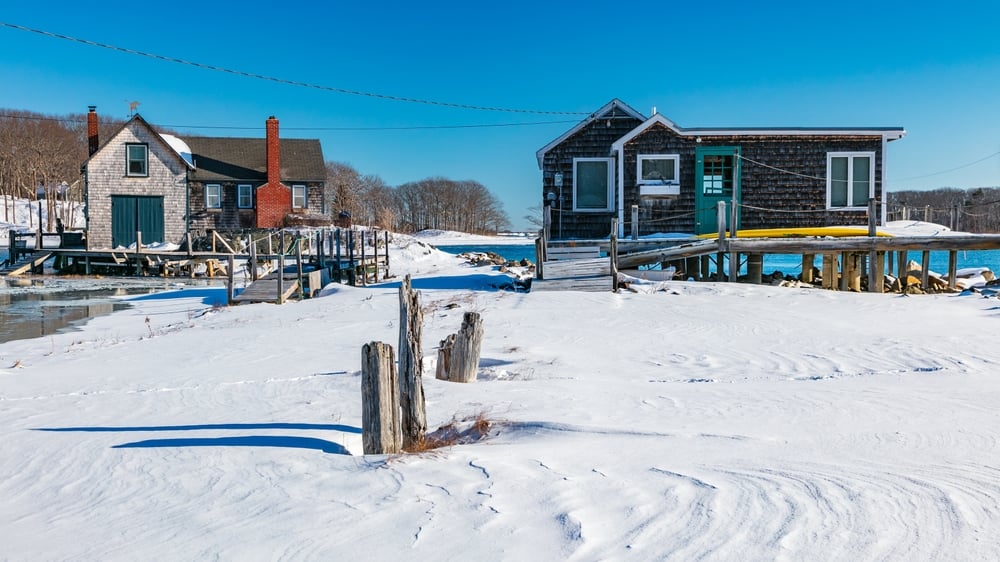
This ranking compiles seasonal temperature swing profiles (difference between typical mid‑winter lows and midsummer highs) from NOAA/NWS climate normals, state/regional climate centers, and reputable climatology write‑ups. “Towns/Areas” refers to a municipality or recognized area with a weather station representative of local conditions. Recency (1991–2020 normals), frequency of extreme cold snaps/heat waves, and severity of the winter–summer gap determine placement.
27. Golconda, Nevada — Great Basin high desert
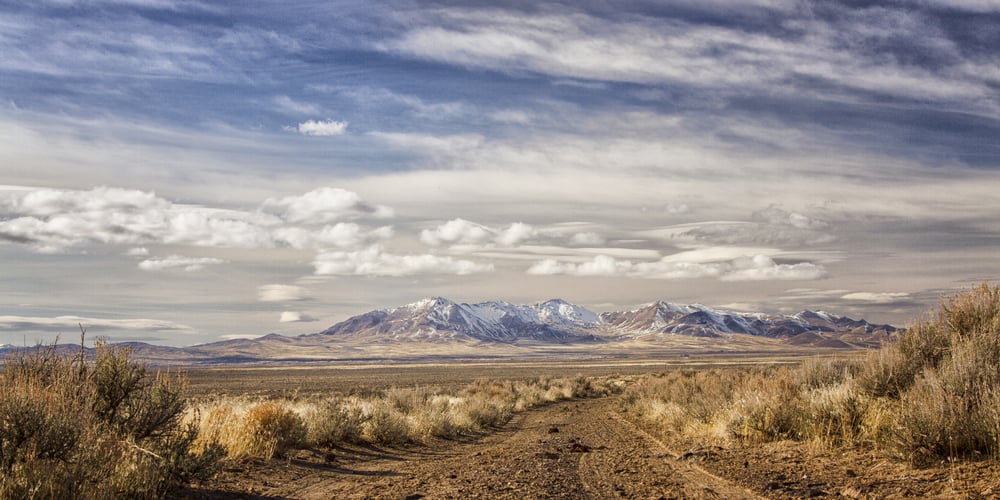
Golconda sits inside Nevada’s dry Basin and Range, where thin air and low humidity intensify both winter radiational cooling and summer heating. January nights commonly plunge into the teens, while July afternoons climb into the 90s, pushing an annual gap that typically exceeds 80°F. The surrounding basins trap cold air on calm winter nights, while cloudless, sun‑soaked summers run hot. Source: KSL.com — 15 US cities with the most extreme seasons
26. Enosburg Falls, Vermont — Northern New England continental

Near the Canadian border and far from ocean moderation, Enosburg Falls sees long, snowy winters and short, warm summers. Arctic air masses routinely dive south in January, while July brings humid warmth into the upper 70s to low 80s. The Green Mountains don’t fully blunt cold intrusions, leaving a pronounced winter–summer spread. Source: KSL.com — 15 US cities with the most extreme seasons
25. Lynch, Nebraska — Northern Plains exposure
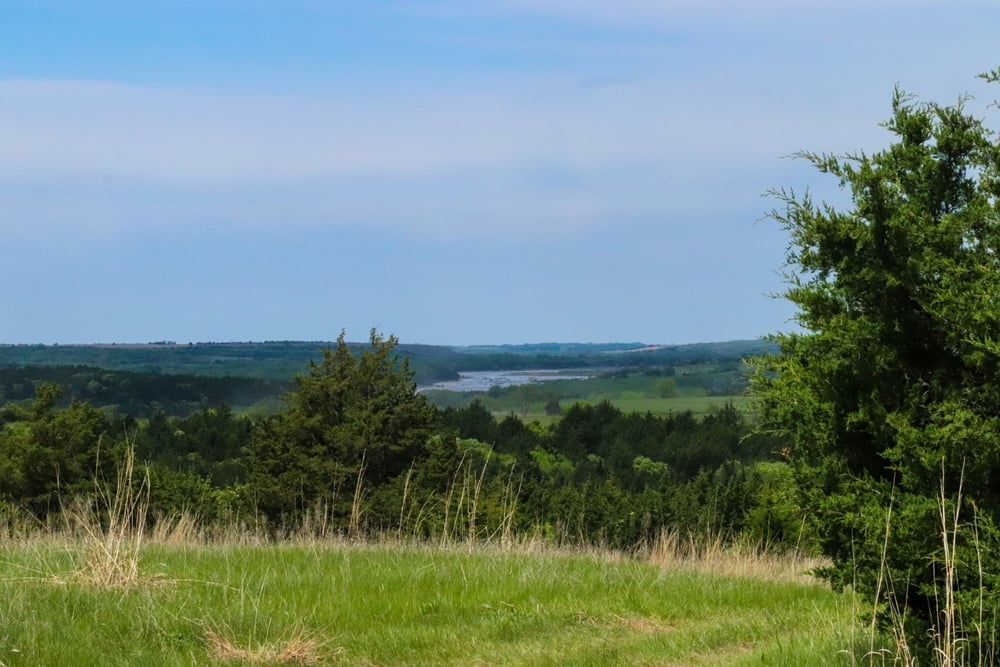
With few terrain buffers or large lakes, Lynch endures harsh winter lows and hot summer highs typical of the central‑northern Plains. January averages hover near single digits, while July pushes toward 90°F under strong continental sun. It’s classic interior continentality: brutal winters, surprisingly warm summers, and a wide annual gap. Source: KSL.com — 15 US cities with the most extreme seasons
24. Stanley, Idaho — High mountain basin
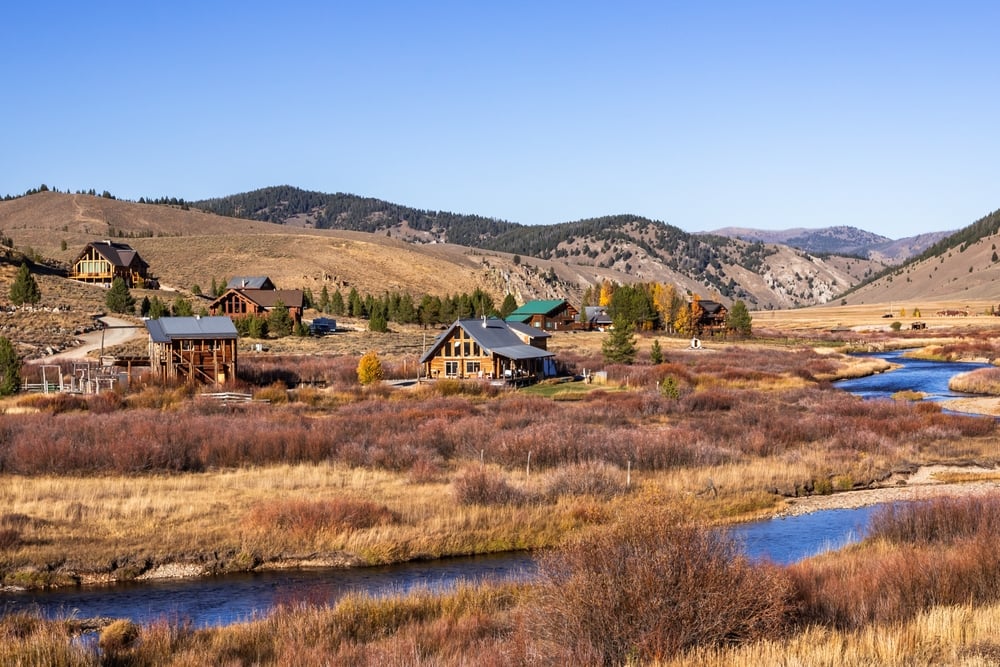
At over 6,000 feet in the Sawtooth Valley, Stanley is notorious for frigid winter nights when inversions pool cold air. Yet summer days warm efficiently under cloud‑free skies and strong high‑elevation sun. The result is one of the largest Lower‑48 swings for a small mountain town. Source: KSL.com — 15 US cities with the most extreme seasons
23. Hayward, Wisconsin — Inland Upper Midwest
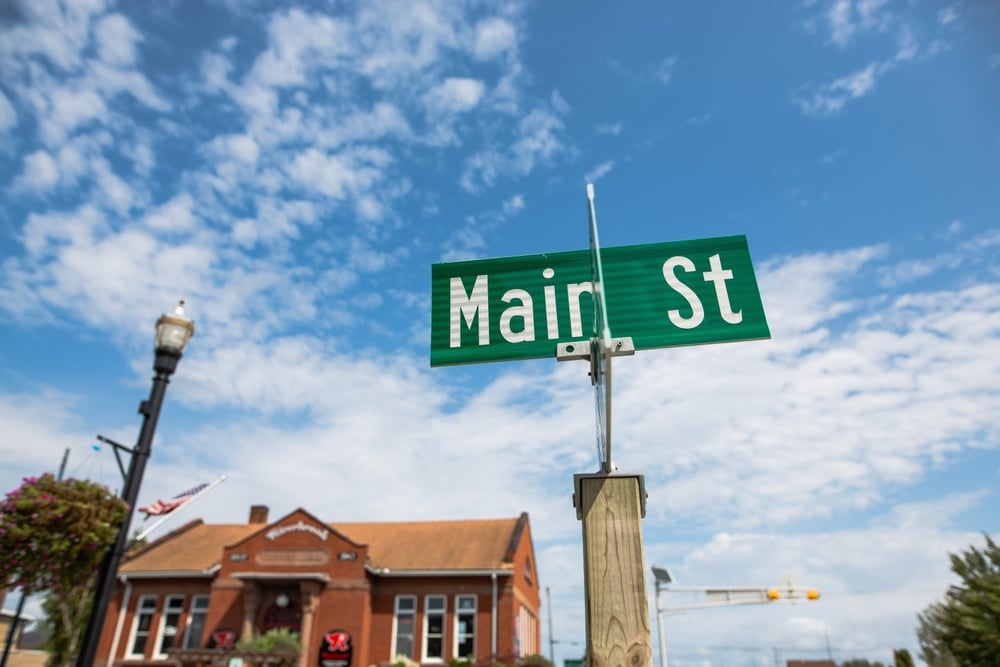
Set well inland from the Great Lakes’ strongest moderation, Hayward’s winters are long, snowy, and often sub‑zero. Summers, though brief, reach the low 80s on clear, humid days. Without a large water body to buffer either season, the annual winter–summer contrast stays stark. Source: KSL.com — 15 US cities with the most extreme seasons
22. Van Buren, Maine — Northern St. John Valley
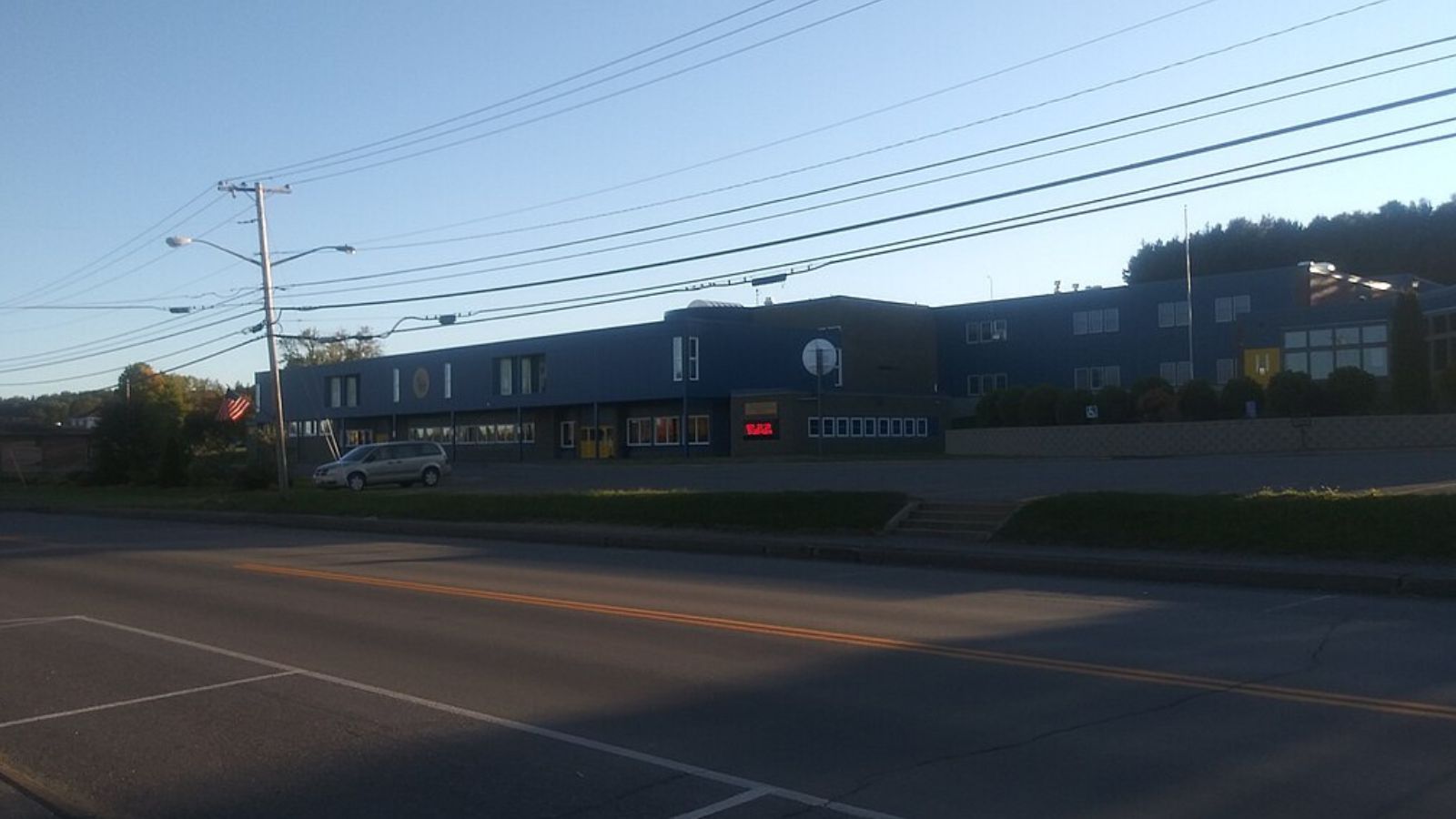
This far‑northern Maine town routinely posts sub‑zero winter lows, with deep snowpack persisting into spring. Summer warmth arrives quickly, however, with mid‑70s afternoons common under long daylight. The St. John River valley offers limited moderation, keeping the annual temperature amplitude high. Source: KSL.com — 15 US cities with the most extreme seasons
21. Pollock, South Dakota — Prairie wind country
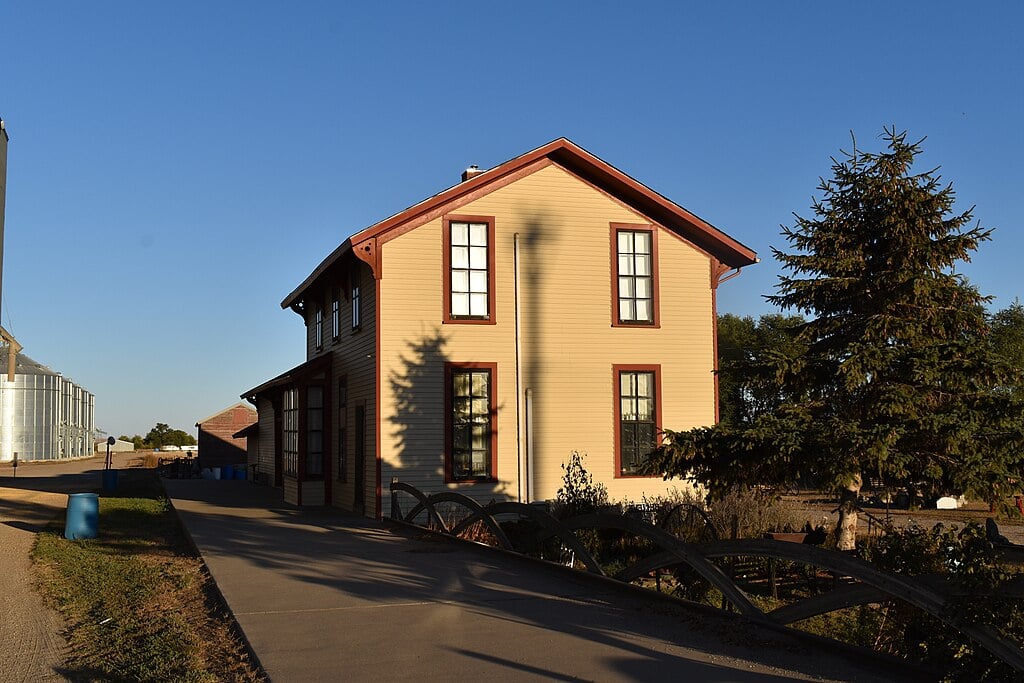
Pollock sees January lows around zero and midsummer highs in the mid‑80s under strong sun and steady winds. The Missouri River nearby isn’t large enough here to temper extremes, so cold fronts roar in unimpeded in winter while hot ridges bake the region in July. It’s a reliable big seasonal swing. Source: KSL.com — 15 US cities with the most extreme seasons
20. Wolf Point, Montana — Hi‑Line prairie
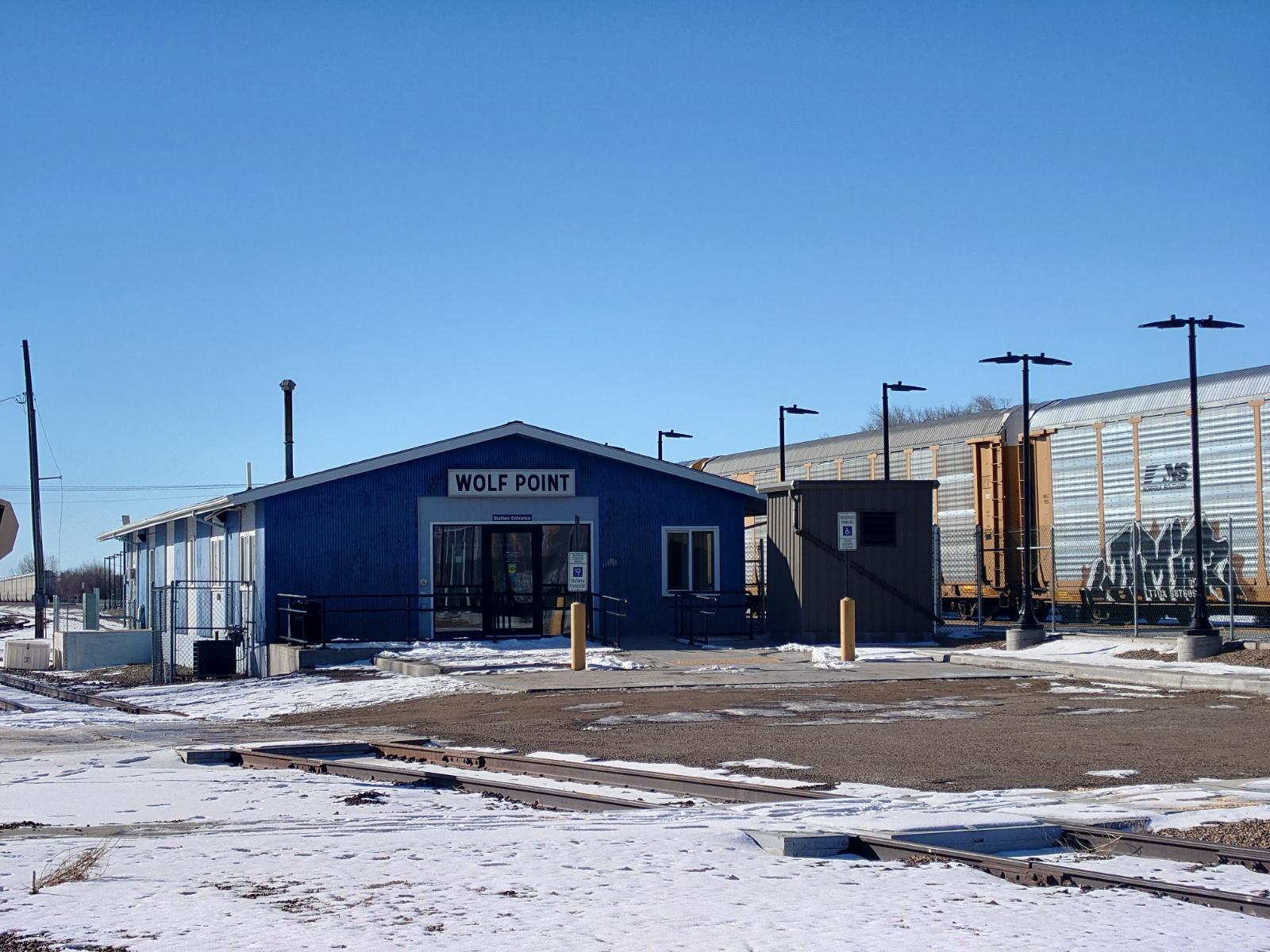
On Montana’s Hi‑Line, Wolf Point faces frequent arctic intrusions in winter and sun‑driven heat in summer. Dry air magnifies both ends—deeply cold nights and hot July afternoons in the upper 80s. The flat prairie offers little to slow the seasonal pendulum. Source: KSL.com — 15 US cities with the most extreme seasons
19. Willow City, North Dakota — Remote northern plains
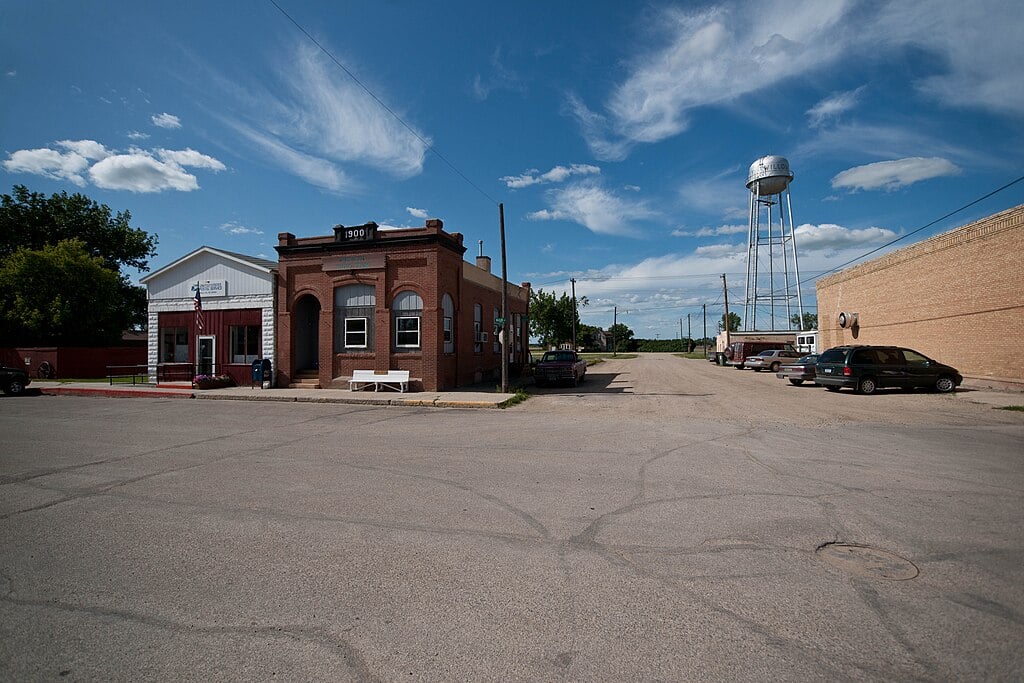
Far from maritime influence, Willow City swings from single‑digit (and colder) January averages to upper‑70s/low‑80s summer highs. Polar high pressure dominates winter, while long summer days plus clear skies bring solid warmth. The annual range is among the largest in the Dakotas’ smaller towns. Source: BestPlaces — Willow City climate
18. Rangely, Colorado — High desert continental

Rangely’s climate features hot, arid summers and very cold winters, both exaggerated by its elevation and distance from moderating bodies of water. January lows average in the single digits, while July brings highs in the low 90s under relentless sun. With low humidity, temperatures swing not just seasonally but daily, adding to the perception of a land of extremes. Source: KSL.com — 15 US cities with the most extreme seasons
17. Hallock, Minnesota — Upper Red River Valley
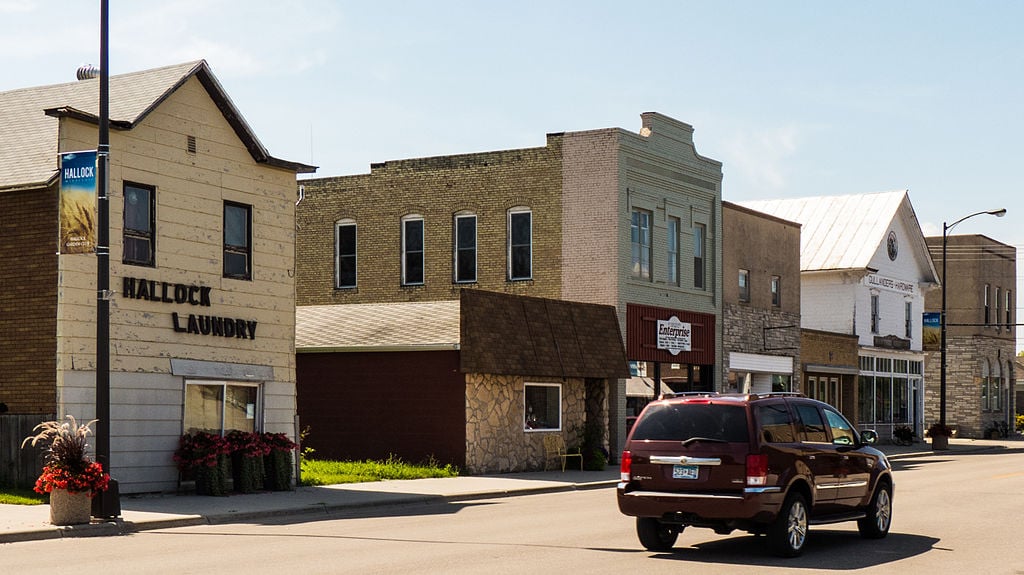
Hallock sits in Minnesota’s far north, where winters are dominated by arctic high pressure and summers bring warm, humid southerlies. January averages near –8°F make for bitter cold, while July regularly sees highs in the upper 70s to low 80s. The flat Red River Valley terrain leaves the town exposed to both extremes with no natural barriers. Source: KSL.com — 15 US cities with the most extreme seasons
16. Greybull, Wyoming — Big Horn Basin
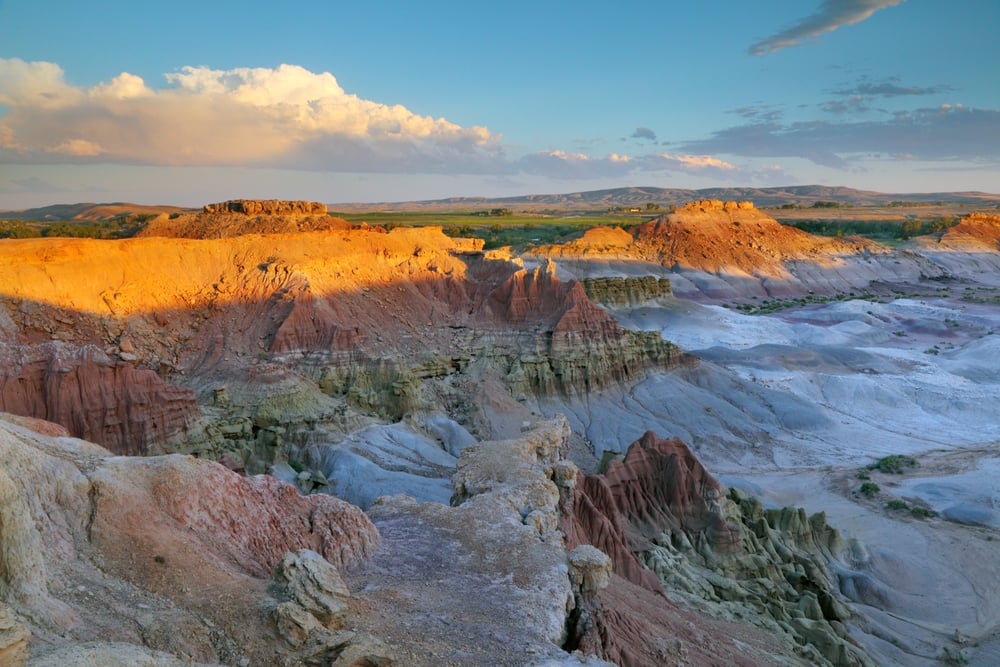
Greybull’s location within a mountain-surrounded basin traps frigid air in winter and intense heat in summer. January lows hover near freezing but can plunge lower during clear, still nights, while July regularly brings highs approaching 90°F. The dry climate further sharpens seasonal contrasts. Source: KSL.com — 15 US cities with the most extreme seasons
15. Ballard, Utah — Uinta Basin
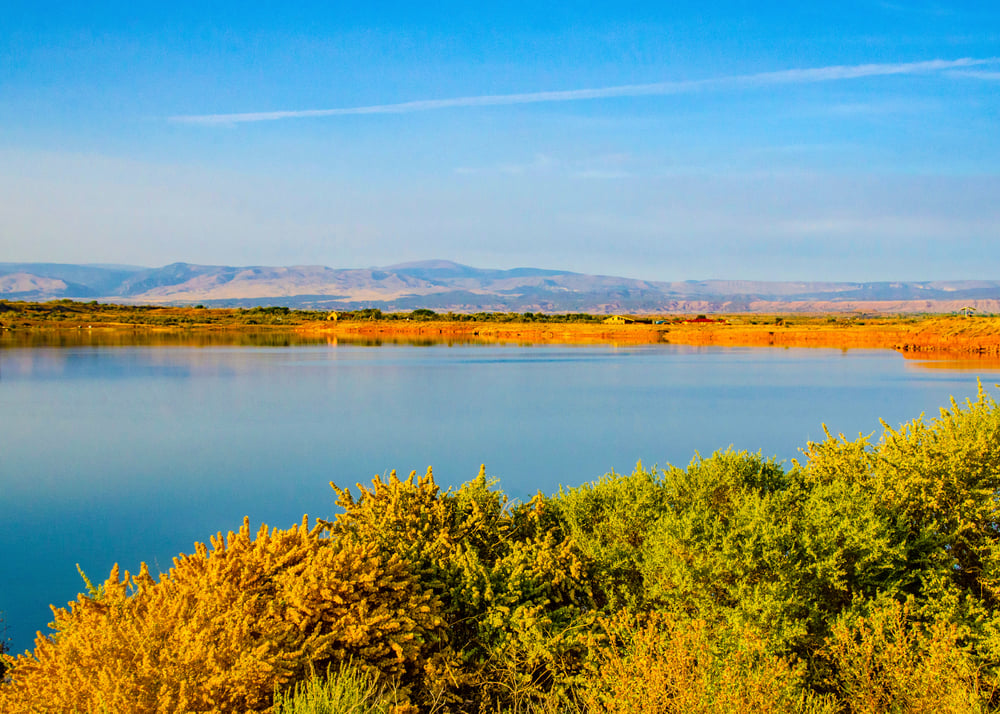
Ballard experiences long, cold winters with frequent inversions, locking in subfreezing temperatures for days. Summer brings clear skies and highs in the low 90s, creating an annual swing of nearly 90°F. The dry high-desert air enhances both the winter chill and summer heat. Source: KSL.com — 15 US cities with the most extreme seasons
14. Chicken, Alaska — Interior subarctic
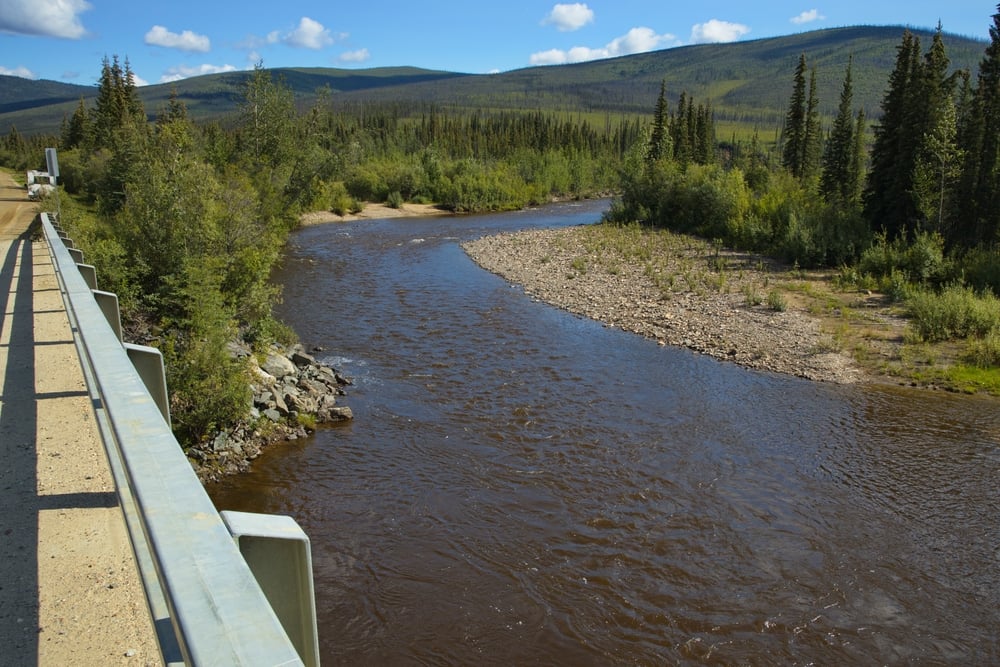
Winters in Chicken are severe, with lows routinely plunging below –40°F. Summers, however, can be surprisingly warm, with highs in the 70s under nearly continuous daylight. This wide seasonal gap is the product of its deep interior location, far from maritime moderation. Source: KSL.com — 15 US cities with the most extreme seasons
13. Bismarck, North Dakota — Capital on the Missouri
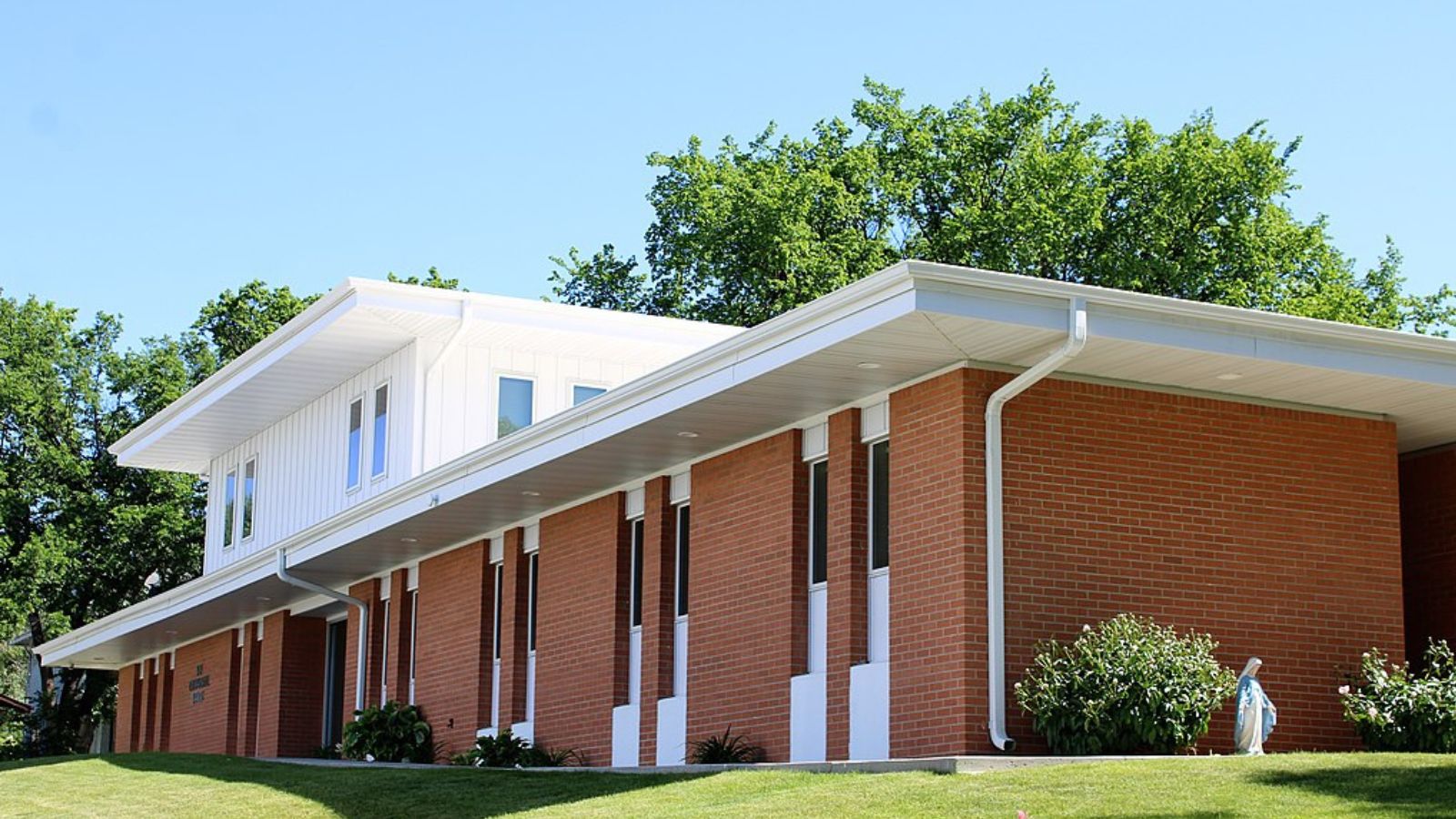
Bismarck’s winters are long and cold, with January lows averaging just above 0°F. Summers are hot and sunny, with July highs in the mid-80s. The Missouri River has little moderating effect here, leaving the city fully exposed to the continental climate’s extremes. Source: WorldAtlas — US cities with the most extreme weather swings
12. International Falls, Minnesota — Borderland “Icebox”

International Falls earns its nickname with long, frigid winters where January lows average –7°F, yet summers see highs in the upper 70s. The town’s location along the Rainy River offers minimal thermal moderation, and arctic air routinely sweeps south in winter. Summer warmth, when it arrives, is quick and surprisingly intense. Source: NWS Duluth — International Falls climate summaries
11. Williston, North Dakota — Northern Plains oil hub
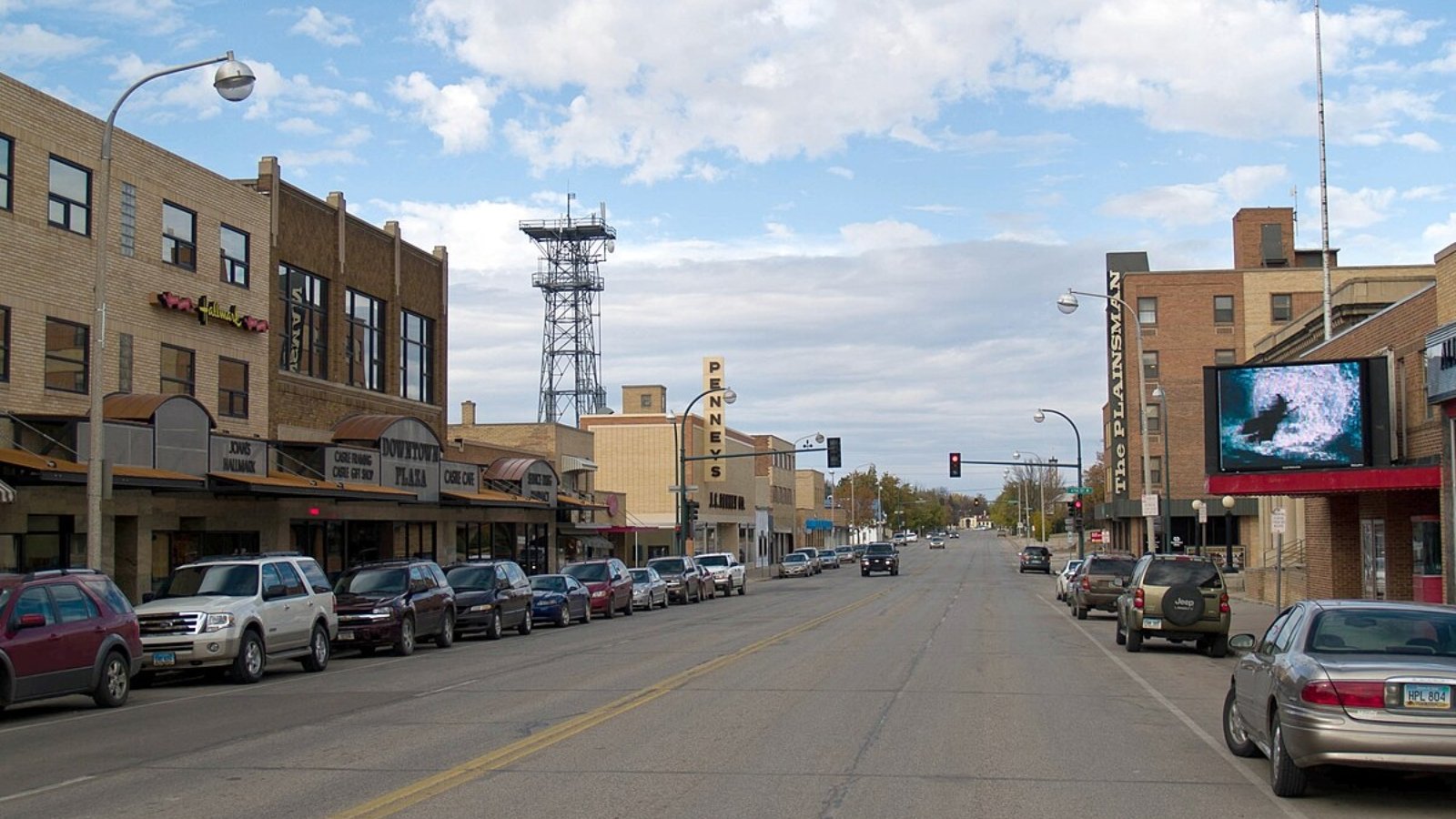
January lows average near 0°F, while July highs reach the mid-80s, yielding a swing of over 80°F. Williston’s open prairie setting leaves it vulnerable to unimpeded arctic blasts and unshaded summer sun. This wide seasonal range is a hallmark of its deep continental climate. Source: NOAA NCEI — U.S. Climate Normals
10. Glasgow, Montana — Hi-Line wind country
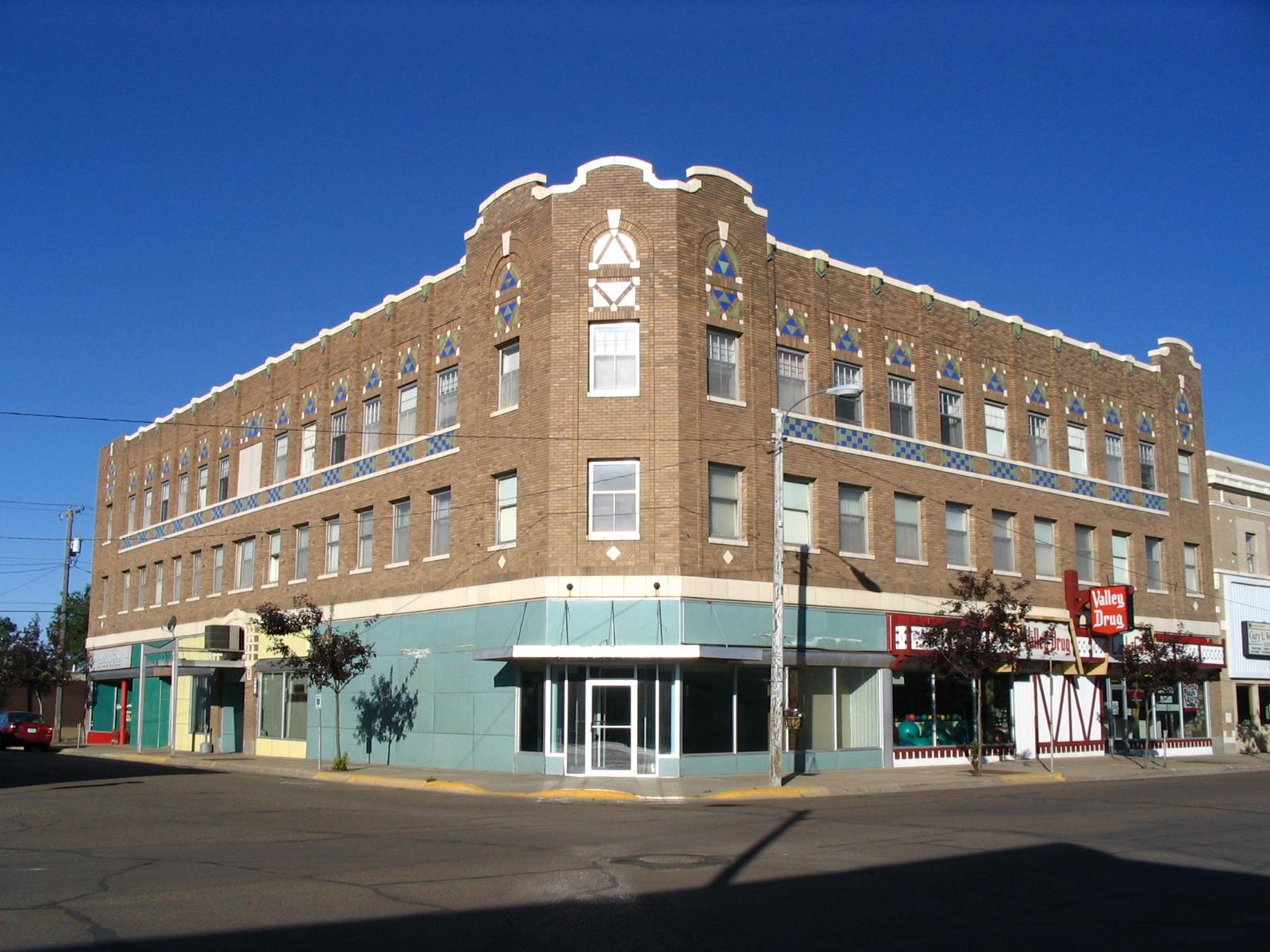
Glasgow sits on Montana’s northern prairie, where arctic high pressure dominates winter and dry, sunny weather rules summer. January lows near 0°F contrast sharply with July highs around 88°F. Winds funnel across the plains year-round, often heralding abrupt seasonal shifts. Source: NWS Glasgow — Climate pages & reports
9. Miles City, Montana — Yellowstone River plains
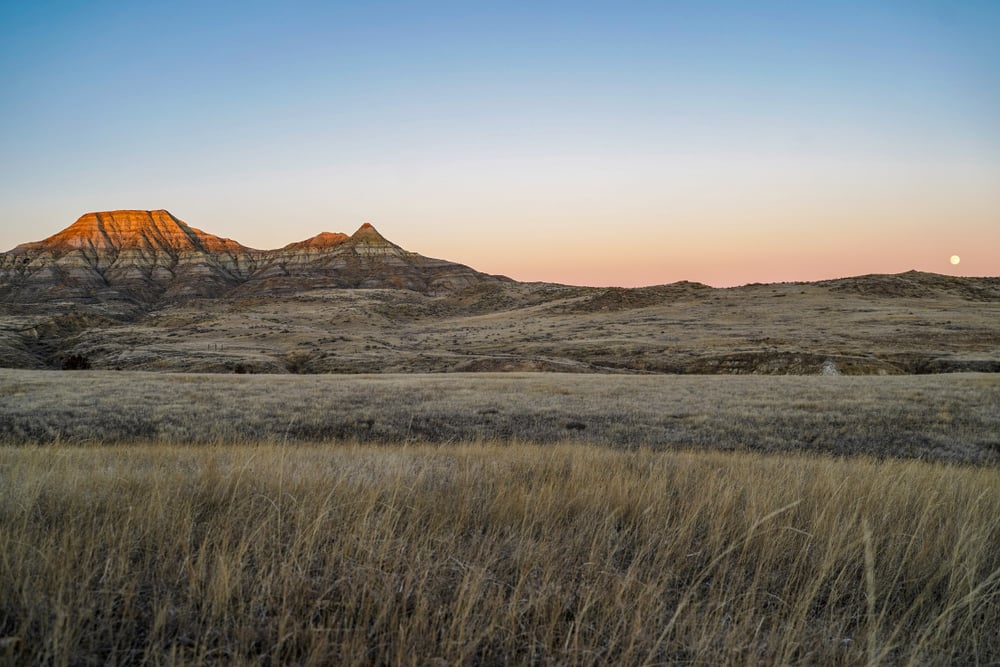
Miles City endures harsh, cold winters with January lows near 5°F, followed by hot summers reaching the upper 80s. The Yellowstone River offers little moderation, and the surrounding plains magnify both cold snaps and heat waves. Source: NOAA NCEI — Climate Data Online
8. Pierre, South Dakota — Central plains capital
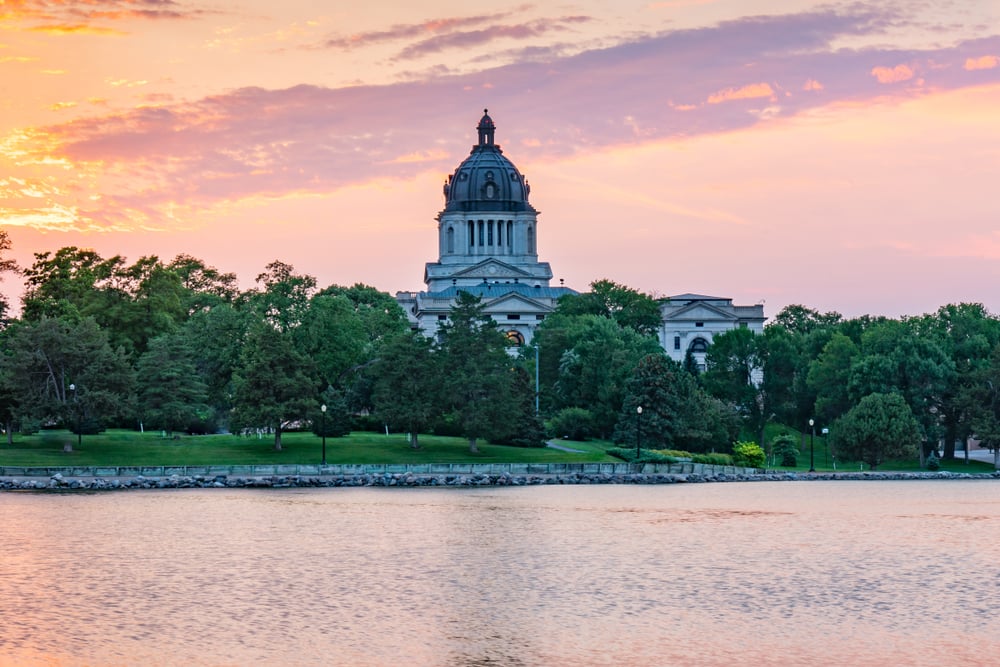
Pierre’s January lows hover near 7°F, and July highs average about 87°F. With few nearby lakes and no mountains, the city sees unbuffered seasonal extremes. Downslope westerlies can intensify summer heat, while polar air descends unhindered in winter. Source: NWS Aberdeen — Pierre climate summaries
7. Ely, Nevada — Great Basin high desert

Ely’s thin, dry air fosters enormous seasonal and daily ranges. January lows drop to the teens, while July highs hit the low 90s. Clear skies and high elevation ensure fast cooling in winter and rapid heating in summer. Source: NOAA NCEI — Climate Normals
6. Alamosa, Colorado — San Luis Valley floor
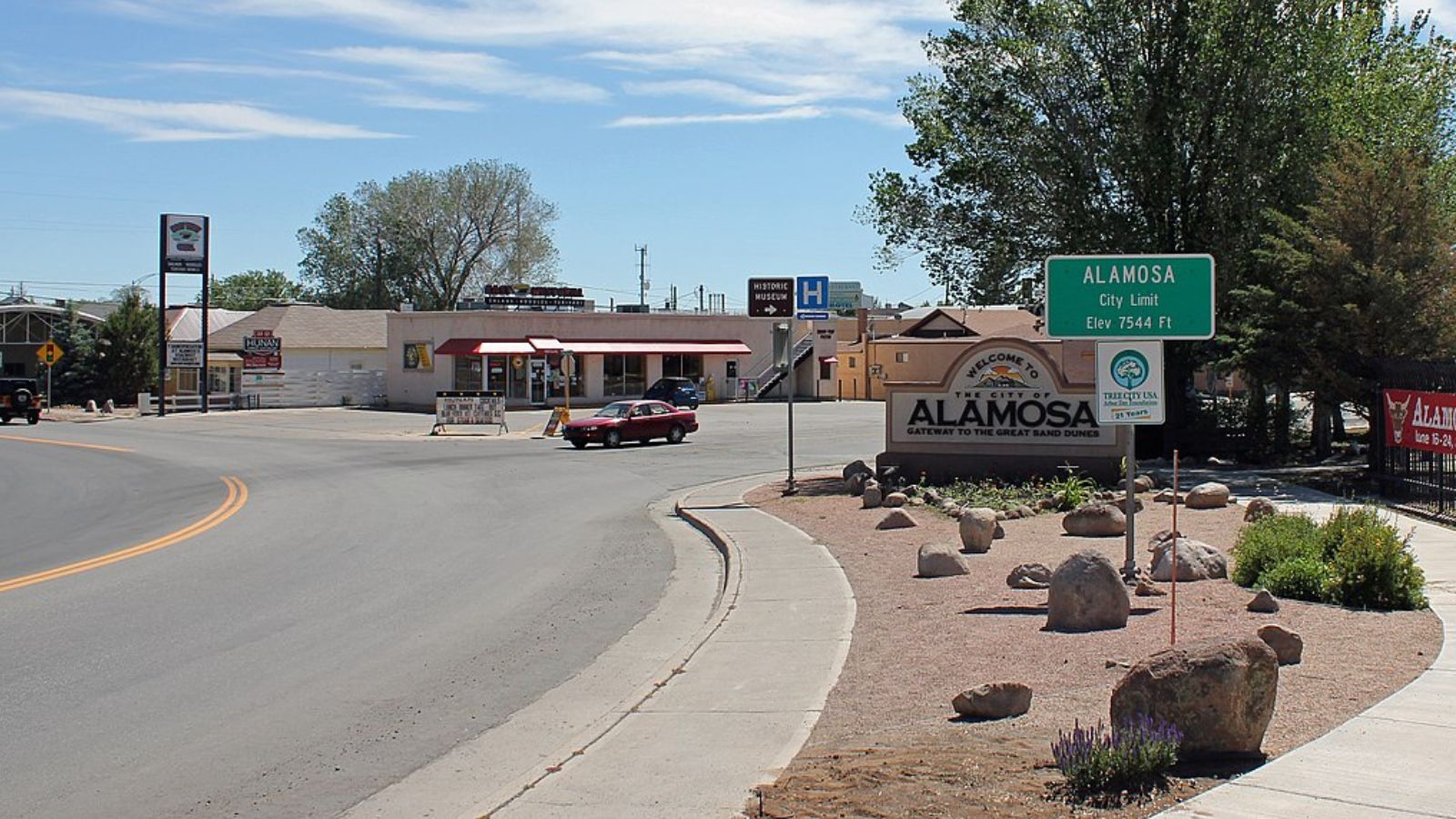
At over 7,500 feet, Alamosa is notorious for subzero winter lows and summer highs in the low 80s. The valley’s cold-air drainage intensifies winter chill, while thin air allows efficient summer heating. Source: Wikipedia — Alamosa, Colorado climate
5. Bettles, Alaska — Yukon–Koyukuk interior
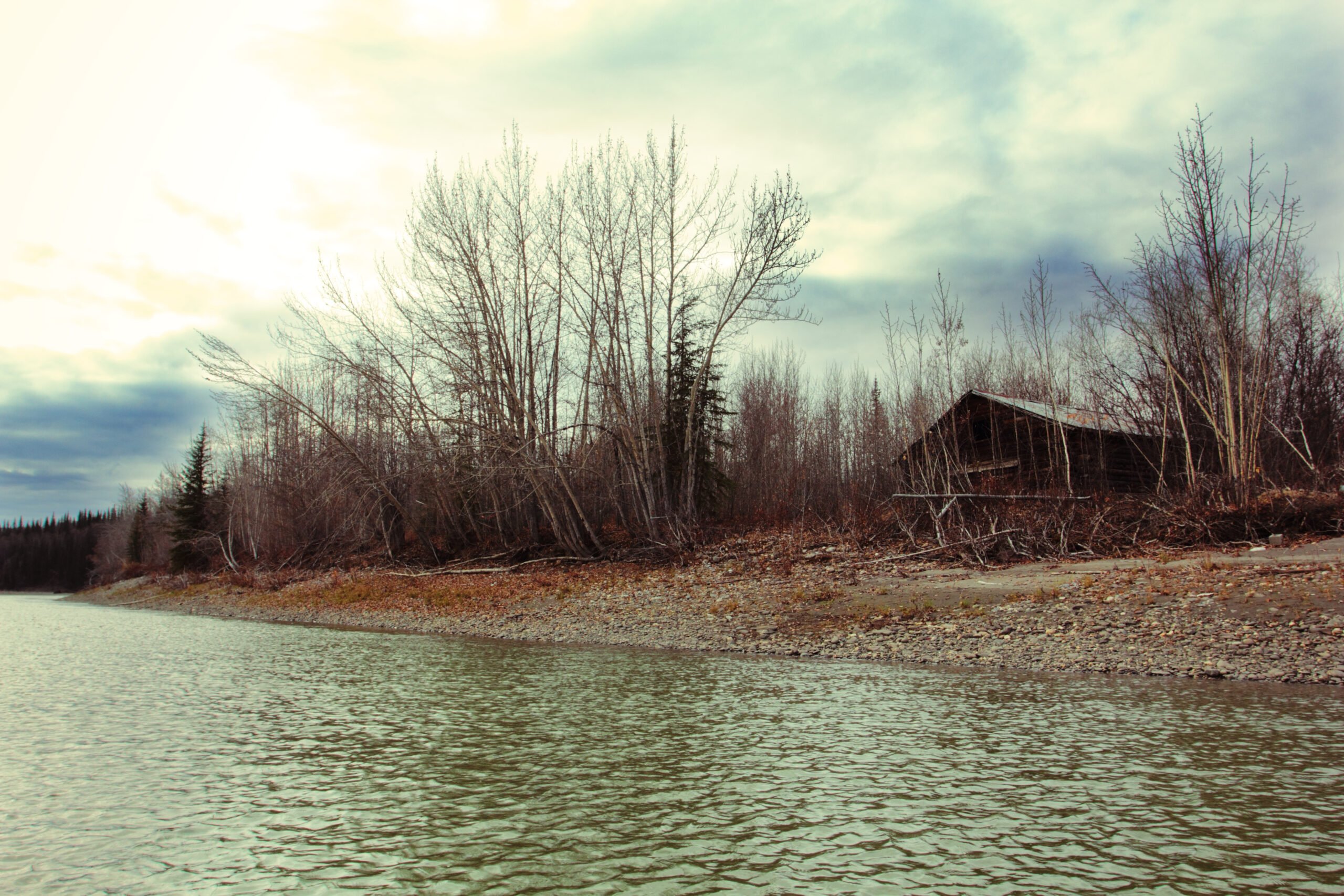
Bettles averages –14°F in January and 70°F in July—a staggering range for such a high-latitude town. Its isolation deep in Alaska’s interior leaves it fully under the sway of polar night and endless summer daylight. Source: Alaska Climate Center — Temperature normals
4. Eagle, Alaska — Upper Yukon

English: NPS staff, Public domain, via Wikimedia Commons
Eagle’s winter lows near –25°F and summer highs around 75°F create a 100°F seasonal gap. Situated in the Yukon River valley, it traps cold in winter but warms rapidly under long summer days. Source: NOAA Climate.gov — Alaska sets new record earliest day in the 90s
3. Tok, Alaska — Alaska Highway crossroads

Tok’s climate swings from –25°F in January to about 73°F in July. With little precipitation and no maritime moderation, it’s a place of stark seasonal change. Source: Alaska Climate Center — Temperature normals
2. Fairbanks, Alaska — Interior hub

Fairbanks’ January mean is –8°F, July mean is 63°F, with extremes far beyond that. Long polar nights and sunny summer days combine to produce one of the largest seasonal temperature spreads of any sizable U.S. city. Source: NOAA NCEI — U.S. Climate Normals
1. Fort Yukon, Alaska — Yukon Flats basin
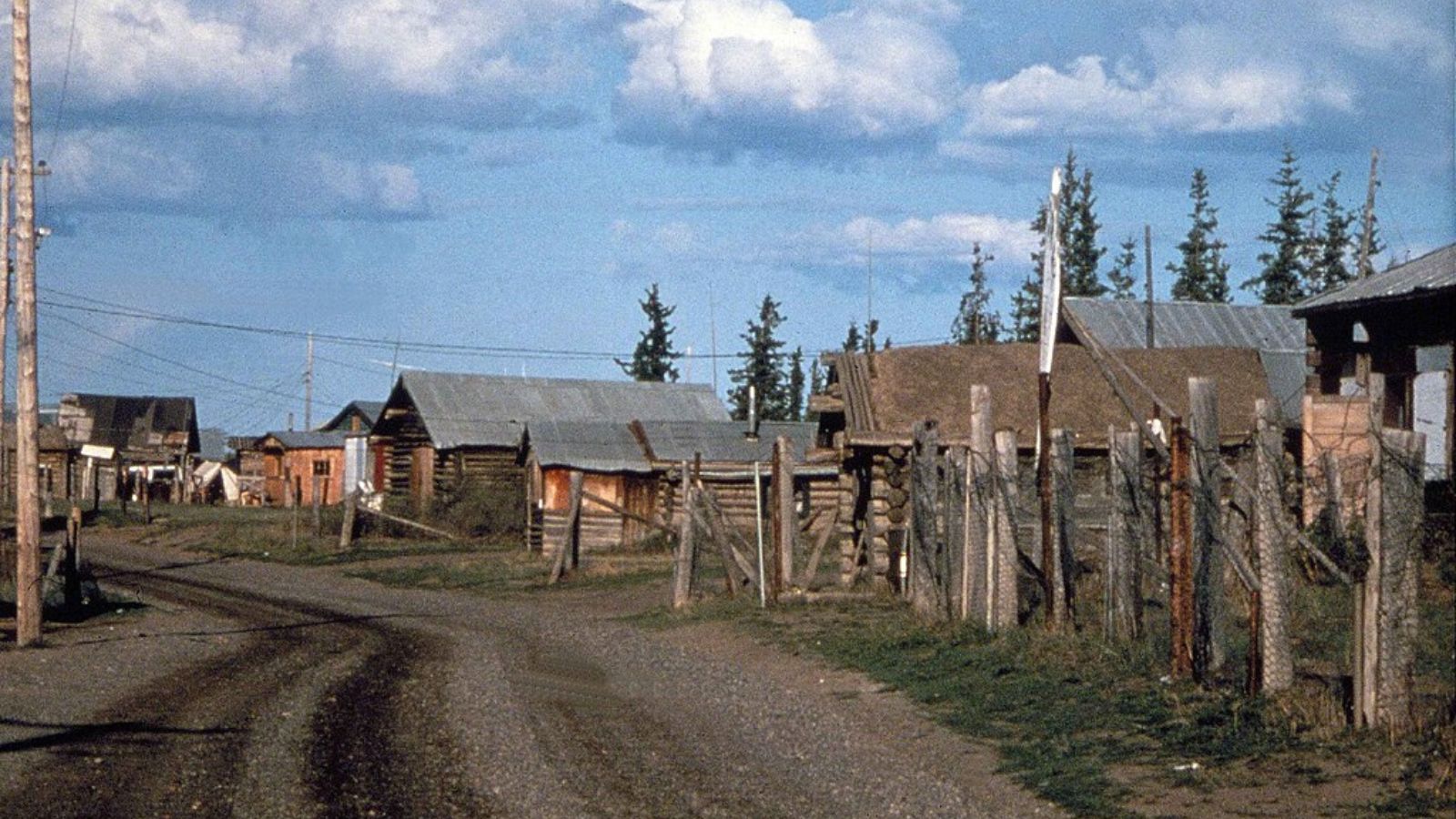
Fort Yukon tops the list with a documented range from below –60°F to 100°F. The flat basin geography enhances both frigid winter inversions and rapid summer heating under near-continuous daylight, making it arguably the most extreme seasonal swing in the U.S. Source: NWS Alaska Region — Fort Yukon 100°F anniversary
References
KSL.com — 15 US cities with the most extreme seasons
Wikipedia — Fairbanks, Alaska
WorldAtlas — US Cities With the Most Extreme Weather Swings
Tanana Chiefs Conference — Fort Yukon Community Profile
NWS Duluth — International Falls Climate Summaries
NOAA NCEI — U.S. Climate Normals
NWS Glasgow — Climate Pages & Reports
NOAA NCEI — Climate Data Online
NWS Bismarck — Climate Portal
Wikipedia — Alamosa, Colorado
Alaska Climate Center — Temperature Normals
NOAA Climate.gov — Alaska Sets New Record Earliest Day in the 90s
NWS Alaska Region — Fort Yukon 100°F Anniversary




